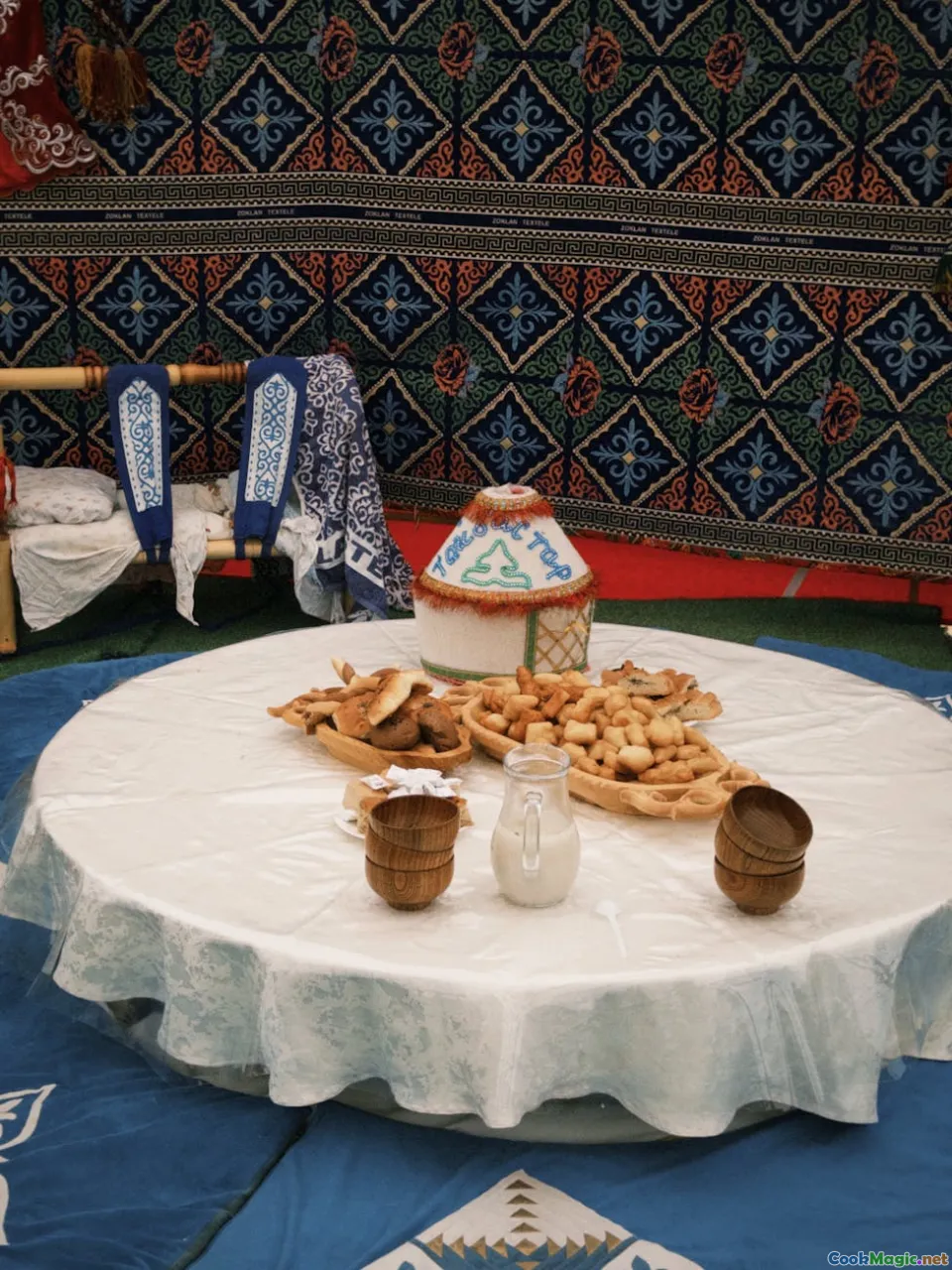Hawaiian Sweet Breads and Their Cultural Roots
8 min read Discover the rich history, cultural significance, and sensory delights of Hawaiian sweet bread, a symbol of Hawaii’s diverse culinary heritage. April 20, 2025 17:55
Hawaiian Sweet Breads and Their Cultural Roots
Imagine walking into a bustling bakery in Honolulu, the warm aroma of freshly baked bread filling the air, a soft, golden loaf sitting proudly on the counter—sweet, slightly buttery, with a tender crumb that seems to melt on your tongue. This is the quintessential Hawaiian sweet bread, a beloved staple that embodies the islands’ vibrant history, diverse cultural influences, and warm, welcoming spirit.
The Allure of Hawaiian Sweet Bread: An Introduction
Hawaiian sweet bread, often called "Lau Lau Bread" or simply "Hawaiian bread," is more than just a delicious treat; it’s a culinary symbol woven into the fabric of Hawaiian life. Its soft, fluffy texture, subtly sweet flavor, and inviting aroma make it a favorite for breakfast, snacks, and special occasions alike.
But behind its simple exterior lies a complex story—one that traces back centuries, shaped by indigenous traditions, immigrant influences, and modern innovations. To truly appreciate Hawaiian sweet bread, we must explore its roots, ingredients, cultural significance, and how it continues to evolve today.
Historical Foundations: From Polynesia to the Islands
Indigenous Hawaiian Diet and Food Practices
Long before European contact, Hawaiians thrived on a rich culinary tradition rooted in their natural environment. They cultivated taro, sweet potatoes, coconuts, and breadfruit—staples that sustained them for centuries. Their cooking methods, such as imu(underground oven) roasting andpa’i ‘ai (pounding taro into poi), reflected a deep connection with their land and sea.
The Arrival of Western Influences
European explorers, traders, and missionaries arrived in the late 18th and early 19th centuries, bringing new ingredients and baking techniques. The introduction of sugarcane plantations in the 19th century, particularly by the missionaries and entrepreneurs, transformed the islands’ economy and cuisine.
Sugar plantations became the backbone of Hawaii’s economy, and with them came a wave of immigrant workers from Portugal, Japan, China, Korea, and the Philippines. These diverse communities brought their own culinary traditions, which blended seamlessly with indigenous practices.
The Birth of Hawaiian Sweet Bread
It was during the early 20th century that the modern Hawaiian sweet bread as we know it began to take shape. The influence of Portuguese immigrants—particularly from the Azores—played a pivotal role. They brought their baking techniques, including the use of eggs, butter, and sugar, creating a soft, sweet bread that quickly gained popularity.
The Portuguese “Haupia” and “Sweet Bread” became cherished staples, often served during festive occasions and family gatherings. Over time, local bakers refined recipes, incorporating Hawaiian ingredients and flavors, leading to the iconic bread enjoyed today.
Ingredients and Baking Techniques
Key Ingredients
- Flour: Typically all-purpose or bread flour, providing structure.
- Sugar: Adds sweetness and a tender crumb.
- Eggs: Contribute richness and moisture.
- Butter or Oil: Imparts tenderness and flavor.
- Milk or Coconut Milk: Enhances moistness and introduces subtle tropical notes.
- Yeast: Leavens the bread, creating its characteristic fluffy texture.
- Salt: Balances sweetness and enhances flavor.
The Baking Process
The process begins with activating the yeast in warm milk or coconut milk. Once frothy, the yeast mixture is combined with dry ingredients and kneaded until smooth and elastic. This dough is then allowed to rise until doubled in size—a crucial step that develops its airy structure.
After a second kneading, the dough is shaped into rounds or loaves, then left to proof again before baking at moderate temperatures (around 350°F or 175°C). The result is a loaf with a soft, golden crust and a moist, sweet interior.
Sensory Experience
The aroma alone is intoxicating—a sweet, buttery scent that promises comfort. The texture is irresistibly tender, with a slightly chewy crust that yields to a melt-in-your-mouth crumb. When warm, the bread releases a fragrant steam, inviting you to indulge.
Cultural Significance and Traditional Uses
A Family and Community Staple
Hawaiian sweet bread holds a special place in family life—offered during luaus, birthday celebrations, and religious festivals. It’s often paired with local favorites like poi, loco moco, or used as the bread component in Spam musubi.
Symbol of Hospitality
Offering sweet bread to guests is a sign of aloha—warmth, respect, and hospitality. It’s common to find freshly baked loaves at community gatherings, signifying unity and shared joy.
Culinary Versatility
Beyond simply eating it plain, Hawaiian sweet bread is used creatively—transformed into French toast drizzled with tropical fruit, turned into sliders, or layered with tropical jams and spreads.
Personal Reflections and Modern Innovations
Having traveled across the islands and tasted countless variations, I’ve come to see Hawaiian sweet bread as a reflection of the islands’ multicultural soul. Each baker adds their touch—some incorporate local ingredients like taro or macadamia nuts, while others experiment with gluten-free or vegan adaptations.
One memorable experience was sampling a warm, freshly baked loaf from a small family-run bakery in Waimea. The bread’s delicate sweetness, combined with the aroma of butter and coconut, created a sensory memory that lingers long after the last crumb.
Today, chefs and home bakers continue to innovate, blending tradition with modern tastes. The result is a continually evolving staple that honors its roots while embracing new flavors and techniques.
Conclusion: A Cultural Treasure
Hawaiian sweet bread is more than just a delicious baked good; it’s a culinary tapestry woven from threads of indigenous tradition, immigrant influence, and contemporary creativity. Its soft, sweet, and fragrant nature captures the aloha spirit—welcoming, warm, and full of life.
Whether enjoyed plain, toasted with butter, or incorporated into a festive meal, Hawaiian sweet bread remains a beloved symbol of the islands’ rich cultural heritage. As you savor each bite, remember the centuries of history and the diverse communities that have shaped this iconic bread—truly a taste of Hawaii’s soul.









